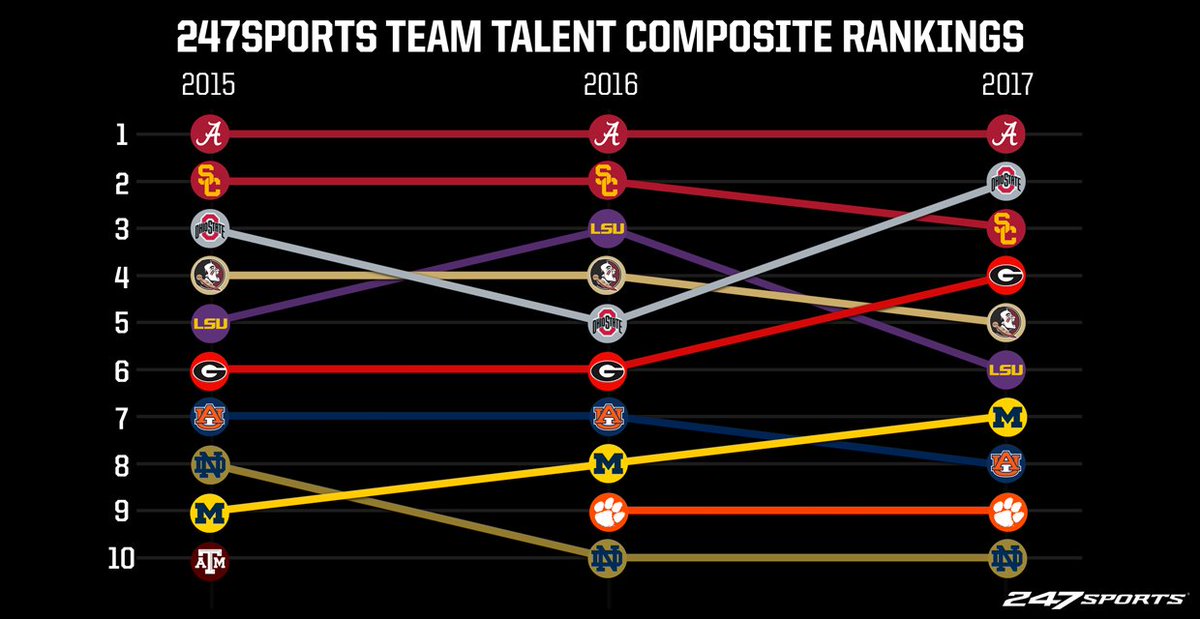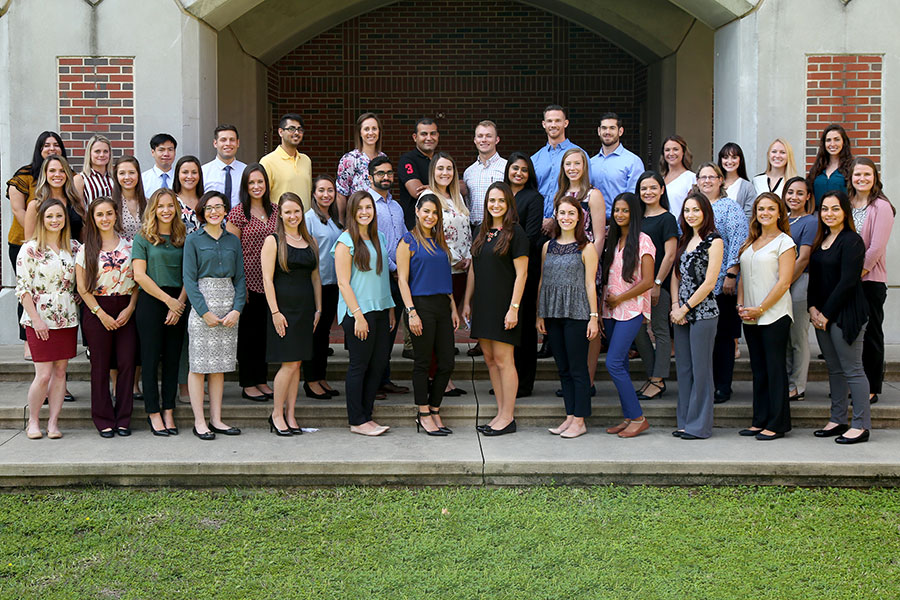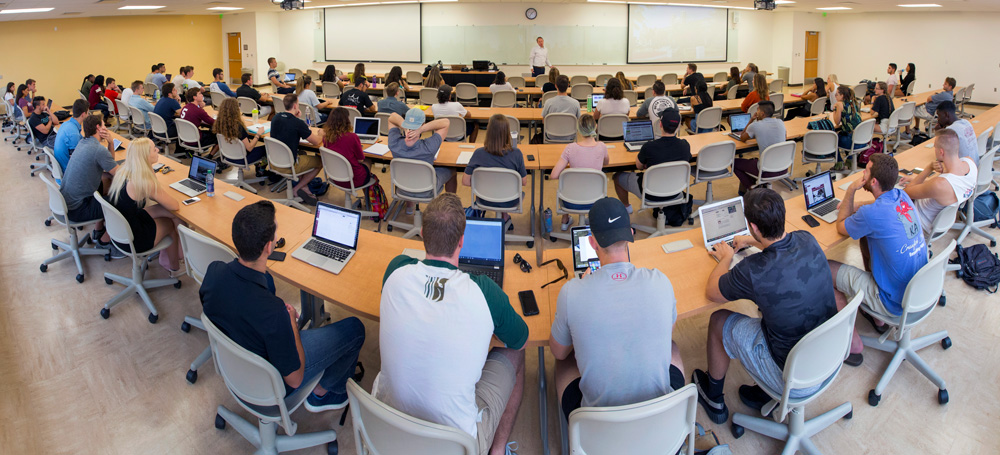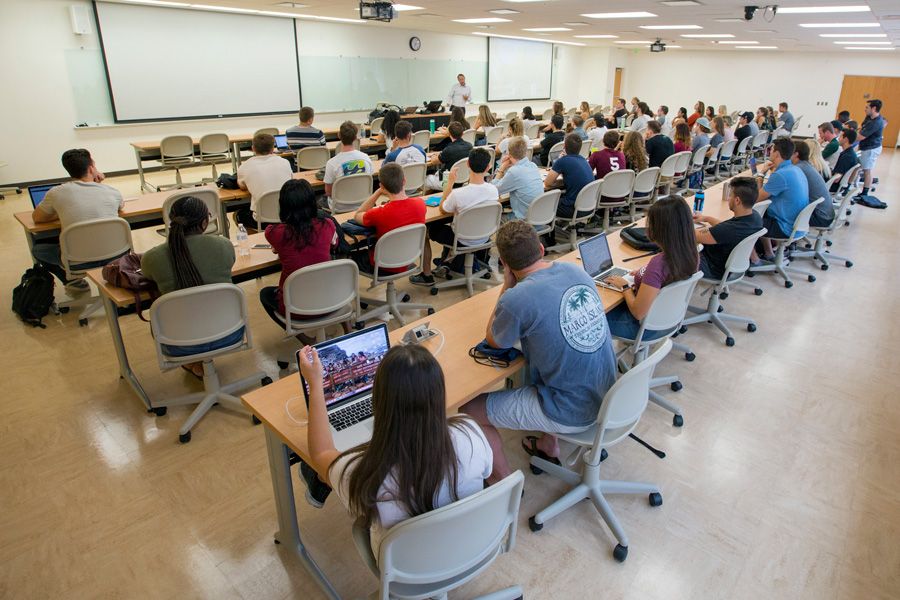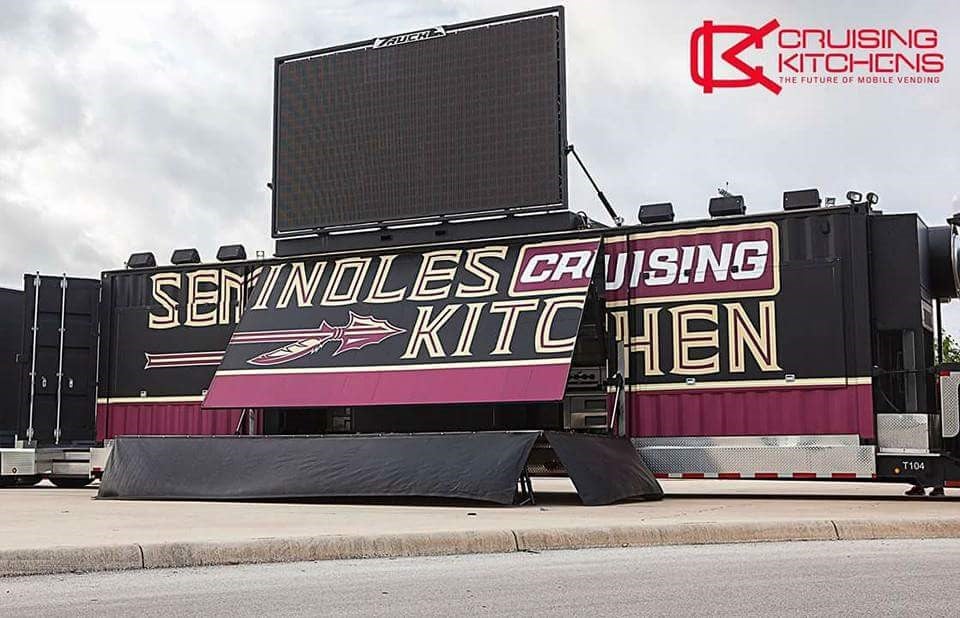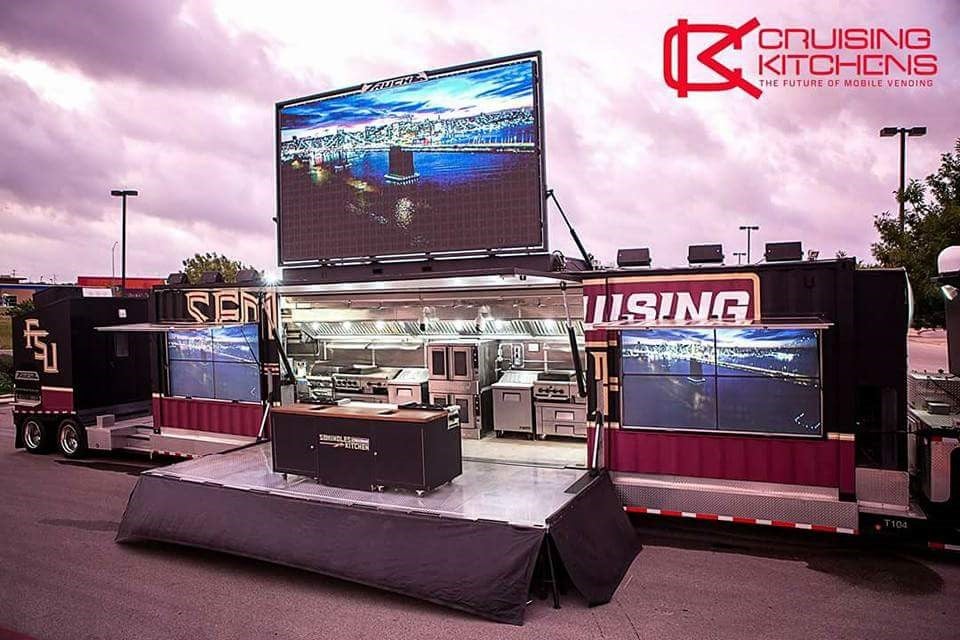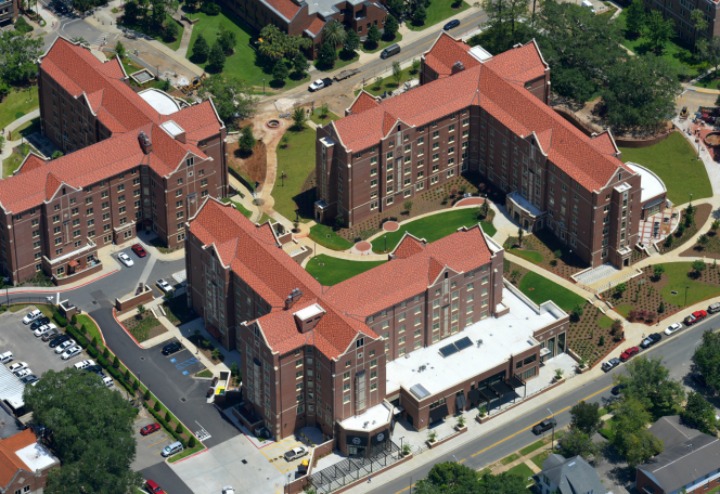http://www.tallahassee.com/story/news/money/2017/08/22/seminole-100-list-shows-fastest-growing-u-s-businesses-owned-fsu-alum/590308001/
Florida State alums are leading some of the country's fastest growing businesses, according to the inaugural Seminole 100 List.
The list — created by the Jim Moran Institute of Global Entrepreneurship at FSU's College of Business — includes businesses ranging in size and industry. More than 60 businesses are based in Florida.
Businesses on the Seminole 100 list are ranked by their compounded growth rate during a three-year period based on Inc. Magazine's verification process.
“Each year, the Seminole 100 will showcase the fastest growing businesses owned by FSU alumni,” said Randy Blass, the executive director of the Jim Moran Institute for Global Entrepreneurship, in a statement.
Blass said the list represents a fraction of the FSU alumni who own businesses. The Jim Moran Institute plans to recognize the honorees during a reception and awards ceremony March 3, 2018, at the University Center Club. The awards ceremony will feature the release of the final rankings and countdown of the inaugural Seminole 100.
The Seminole 100 List:
4 Rivers Smokehouse, Winter Park*
Accountable Healthcare Staffing, Boca Raton*
Accurate Temperature Control, Orlando
Advanced Systems Design, Tallahassee*
Aerospace Quality Research & Development, Addison, Texas*
AgileThought, Tampa*
A-LIGN, Tampa*
Allied Instructional Services, Ashland, Va.*
AlliedPRA New Orleans, New Orleans, La.*
Altrua Global Solutions, Tallahassee*
Asker Distributors, Tallahassee*
Auto Data Direct Inc., Tallahassee*
Avion Insurance Agency Inc., Lake Mary
Axis Management Group Holdings Inc., Franklin Lakes, N.J.*
BD Guidance Inc., San Francisco, Calif.
Black & Denim Apparel Company, Tampa
Blue Air Training, Las Vegas, Nev.*
Bolay Enterprises, West Palm Beach*
Boos Development Group, Clearwater*
Bourbon & Boweties, Brandon*
BowStern Marketing Communications, Tallahassee*
BSM Media, Pompano Beach.
CFO Alliance, Tampa*
CIO Partners, Marietta, Ga.*
Convergence Consulting Group, Tampa*
Convert IT Marketing, Fort Lauderdale*
Creative Sign Designs, Tampa*
Deep Blue Yacht Supply, Fort Lauderdale
Diverse Computing, Tallahassee*
Dorsia, Boca Raton
Fan Fest, Spring Hill, Tenn.*
Fiore Communications, Tallahassee
First GREEN Bank, Orlando*
Florida Environmental & Land Services, Tallahassee
Florida Event Décor, Orlando*
Global Sales, Gibsonton*
GMF Steel Group, Lakeland*
Gulf Beach Weddings, St. Petersburg Beach*
Hamic Previte Jones & Sturwold PA, Lakeland
Iansiti Performance Group, Atlanta, Ga.*
iMobile3, Jacksonville*
Information & Computing Services, Jacksonville*
Justin Lewis, DPM, Eldersburg, Md.
Kerigan Marketing Associates, Mexico Beach
Kupanda Capital, Washington D.C.*
Landsouth Construction, Jacksonville*
Lynch Oil Company, Kissimmee*
Mad Dog Design & Construction Company, Tallahassee*
MCCi, Tallahassee*
Men’s Divorce Law Firm, Orlando
Moisand Fitzgerald Tamayo, Orlando*
Momentum Medical, St. Cloud
North American On-Site, Duluth, Ga.*
Oasys, McLean, Va.*
Owenby Law, Jacksonville*
Partners In Association Management, Tallahassee
Pathways Psychology Services, Winfield, Ill.
Paul Consulting Group, Tallahassee
Peterson Foods, Marietta, Ga.
ReEmployAbility, Tampa*
ROI Healthcare Solutions, Atlanta, Ga.*
San Francis Veterinary Hospital, Spring Hill*Simpluris, Costa Mesa, Calif.
Simpluris, Costa Mesa, Calif.
Southern Proper Hospitality, Atlanta, Ga.*
Southwest Georgia Oil Company, Bainbridge, Ga.*
Synergy Settlement Services, Orlando
Tal Search Group, Tallahassee*
The Aleksander Group, Tallahassee
The Connect Agency, Jacksonville
The Mortgage Firm, Altamonte Springs*
The White Magnolia Bridal Collection, Jacksonville*
Tribridge, Tampa*
Trident Technical Solutions, Tampa*
Trinity Analysis & Development, Shalimar*
Venture Medical, Tampa*
Veteran Energy, Gainesville
Visiture, Charleston, S.C.*
Warchant.com, Tallahassee
Wherry Truck Lines, Fort Myers
Companies additionally named to Inc. 5000*
